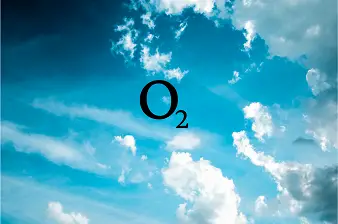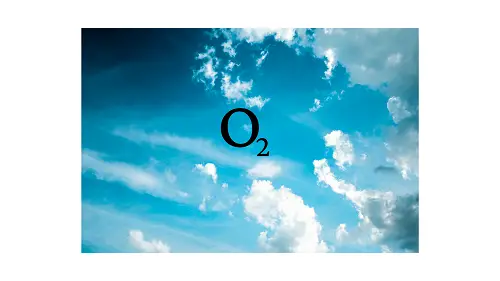Air purifiers are designed to clean your indoor air so you and your family can breathe healthily. Some purifiers do also take up oxygen from the air, however, this does not actually reduce the levels of oxygen you breathe.
Air purifiers do not reduce the amount of oxygen in the air. Activated carbon filters take up some oxygen. However, this is a negligibly small amount. Purifier filters prefer to take up larger, harmful compounds.

Activated carbon filters adsorb oxygen
Many air purifiers contain an activated carbon filter. This filter removes gases from the air by adsorbing them onto the surface of the activated carbon. This means that all gases, including oxygen, will stick to the filter. This might sound like the oxygen levels in your room might decrease, however, this is not the case.
The levels of oxygen in the air are about 21% (of the total volume), that means that if the volume of the room would be 100 cubic feet, 21 cubic feet would be oxygen. This is a lot, and only nitrogen with its share of 78% tops the amount of oxygen in the air.
This means that even if all gases were evenly preferred by the activated carbon filter, only 21% of the filter would be taking up oxygen. This would be such a small amount that there will be no measurable difference in the oxygen content of the air.
Adsorption preference for pollutants
Luckily, activated carbon filters prefer to take up pollutants over oxygen. This is the case because oxygen is very small, and therefore does not easily stick to the filter. Also, it is easily released again.
Air pollutants such as VOCs are much larger compounds and therefore stick more easily to the carbon filter. So, even though the concentration of VOCs in the air is much lower than that of oxygen, over time, the carbon filter will take up a large percentage of VOCs.
How to make sure there is enough oxygen indoors
Fresh air, low in air pollutants and high in oxygen, is easiest to get through good ventilation. With continuous ventilation, you will ensure that the air is replaced with new clean air. Even if there is a rise in pollutants or a drop in oxygen.
Makes sure your ventilation system is clean and running constantly. If you have an old house that has recently been insulated, you need to take a look at your ventilation system. Old houses normally have sufficient natural ventilation. However, when the house is recently insulated, all the natural means of airflow in your house could be closed. Therefore, you need to make sure the ventilation system is sufficient.
Another good habit to adopt is to air out the house frequently. Prereably every day for a few minutes.

What about houseplants?
There seem to be many blog posts on the internet claiming that NASA published a list of the best houseplants to purify your indoor air.
The truth, however, is that proper ventilation is by far the most important for indoor air quality. Plants should never be a substitute for good habits such as ventilation and regular cleaning. I wrote an entire article on the topic of houseplants and air quality, that you can read here.
What can cause low oxygen?
Although an air purifer will not reduce the oxygen in a room, some other things might. These can be:
- Fire, such as the fireplace, candles, or any old heating appliance that has a small flame running constantly.
- Tightly closed rooms: if a room is very airtight, there is no ventilation or airing and lots of people are present, they can eventually drain out the oxygen due to breathing.
What an air purifier does and doesn’t do
If you would like to read more about what an air purifier can do for you, please read my article: How to know if you need an air purifier.



1 thought on “Do air purifiers reduce oxygen? (how to make sure you have enough oxygen)”
Comments are closed.